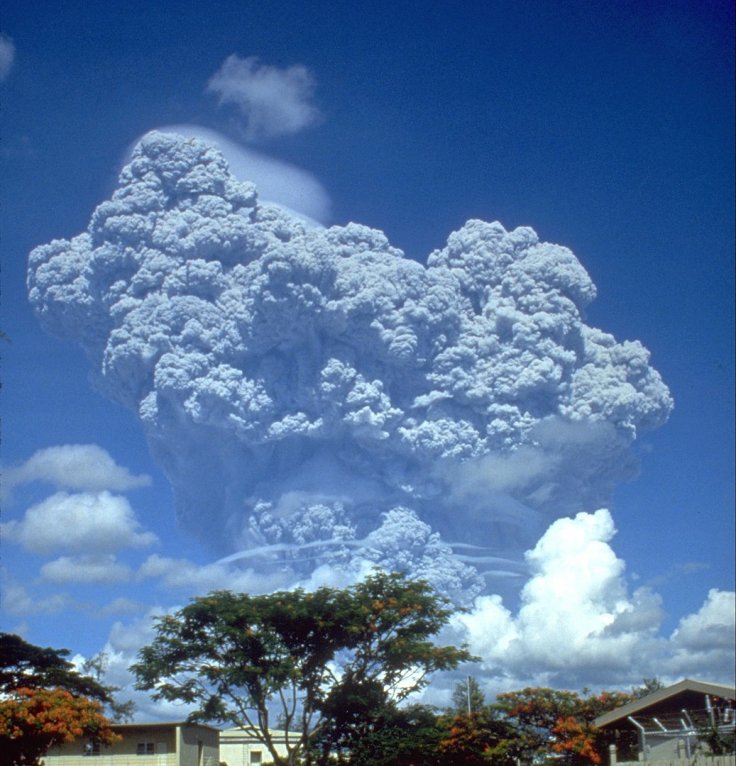The changing climate and global warming have scientists mulling over a possible solution. While reducing carbon emission is the immediate target, it may not be enough in the long run to reduce global warming. Hence, scientists have been looking at geoengineering that would cool down the planet. While planetary engineering of a global scale has never been tried before, scientists are looking at the possibility. The inspiration is from natural events and mimicking them.
One such concept is replicating a volcanic winter but without the adverse effects of it. Proposed by scientists from Harvard University, a volcanic winter could be geoengineered to reduce the rising temperature of the planet. Called solar geoengineering, the scientists want to shield the planet from Sunlight with tiny particles.
What Is Geoengineering?
"Geoengineering is the concept of intentionally altering the Earth's climate to suit our needs," Colleen Golja, who is a researcher at Harvard's Solar Geoengineering Research Program, explained to Cnet. Harvard's program focuses on injecting tiny particles of aerosols into the stratosphere.

The concept is a replication of something natural – volcanic winter. When a large-scale volcanic eruption occurs, it shoots millions of tons of ash containing rock dust, minerals and glass particles. As the wind blows, the ash blankets the planet, creating a natural reflector that blocks Sunlight.
Such events occurred many times in the history of humankind. In 1815 when Indonesia's Mount Tambora erupted, it led to global cooling and 1816 was known as a year without summer. In recent times, such an incident was observed in 1991 when the Philippines' Mount Pinatubo erupted. The volcanic winter lasted for about three years, reducing the planet's temperature by one degree. While it may not seem like a huge shift but in geoclimatic terms, it was massive.
Earth's Sunglass
Harvard researchers have a similar idea. While volcanic ash contains sulfuric acid, which is harmful, can destroy crops and also harm the Ozone layer, scientists are proposing the use of calcium carbonate that is found in chalk, seashells, limestone amongst other materials. It has no adverse side effects and can still reflect Sun's energy.
The proposal involves planes carrying a few hundred grams of tiny calcium carbonate particles and spraying it into the stratosphere between six to 31 miles above the Earth's surface. As wind spreads it, it will shield the planet from Sunlight, reducing temperature. Named Stratospheric Controlled Perturbation Experiment (SCoPEx), the team will send a remote-controlled balloon somewhere above the Southwest and spray aerosols for a few miles. The balloon will then come back through the spray and measure the reaction of the aerosols.

What Could Go Wrong?
While the idea sounds promising, there are few concerns as large-scale geoengineering is still uncharted territory. Some scientists and environmentalists are concerned that intervening in the natural course of the environment could do more harm than good. Scientists are also exploring what kind of effects calcium carbonate will have when it reacts with chlorine and nitrogen on a large scale.
The other material being proposed is sulfate which volcanos shoot during eruptions. But it has adverse side effects and can destroy crops while also producing acid rain. That won't be good. The other side effects could include a change in the weather pattern. Additionally, it will be difficult to get every country to agree to experiment with the atmosphere.
Then there is the long-term effect of it. Golja said that injecting aerosols could be just one part of the solution. In the long run, carbon emission will have to reduce drastically to actually have any meaningful impact on reducing global warming.








